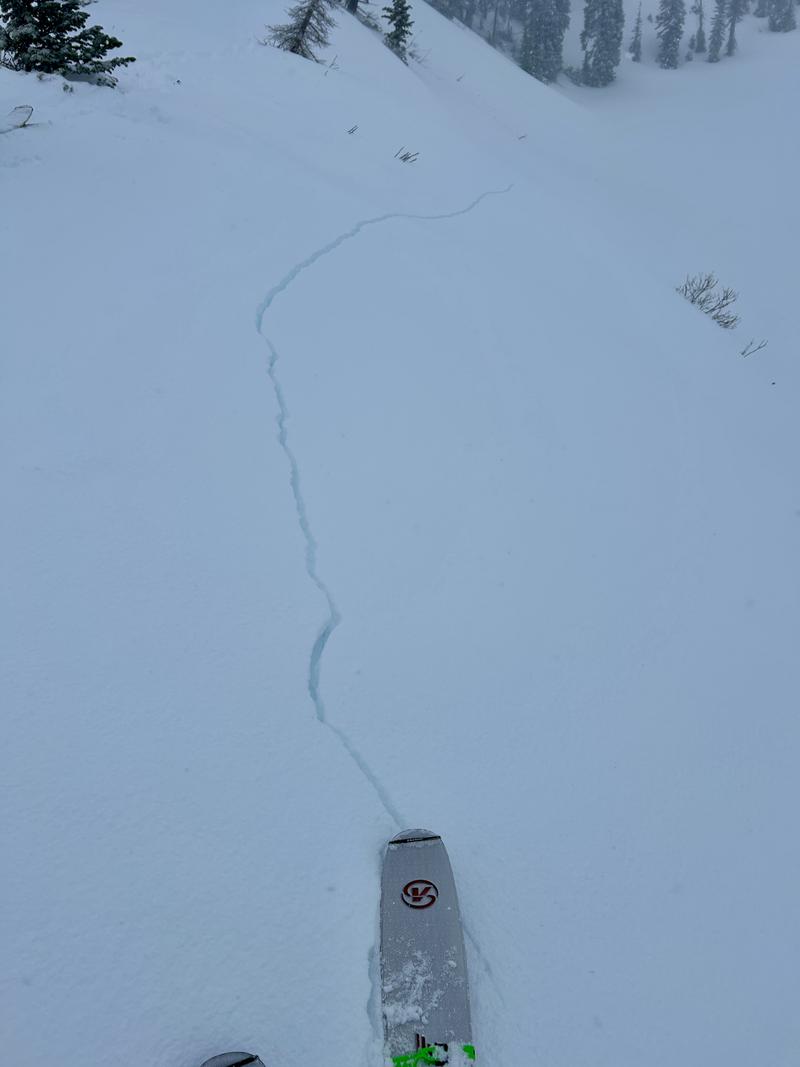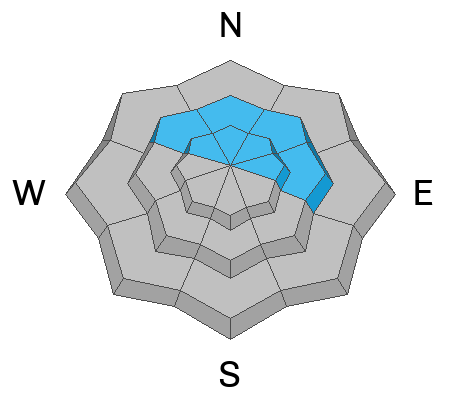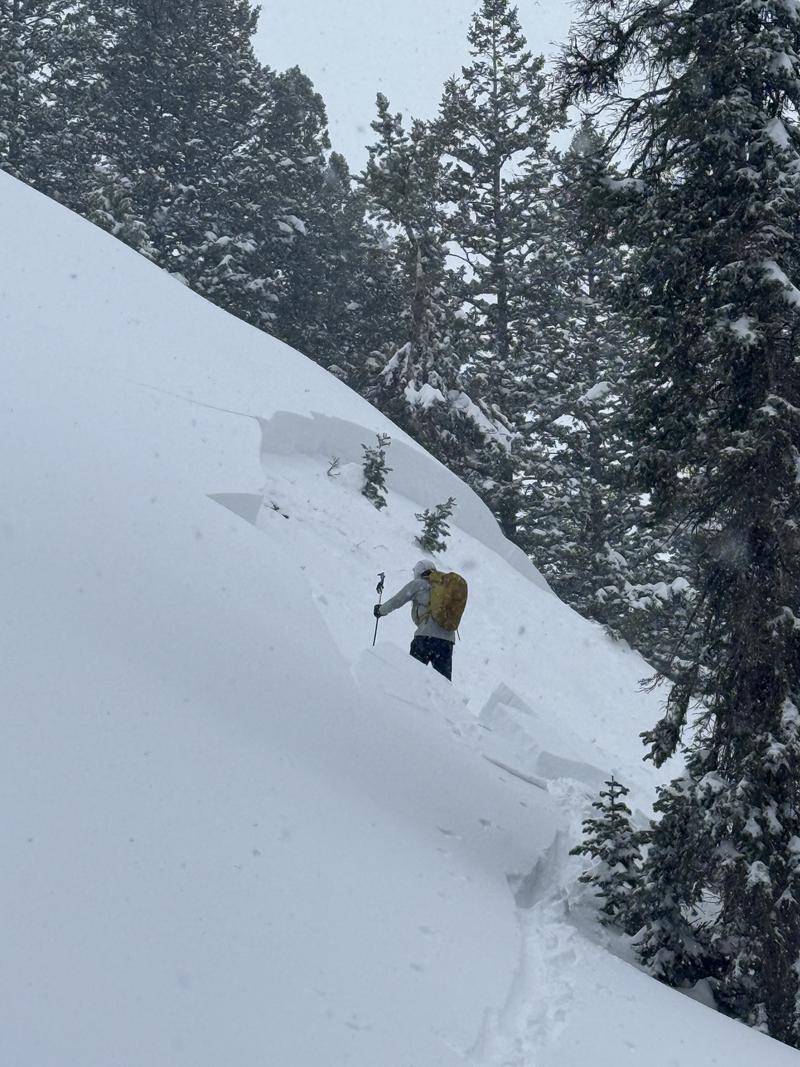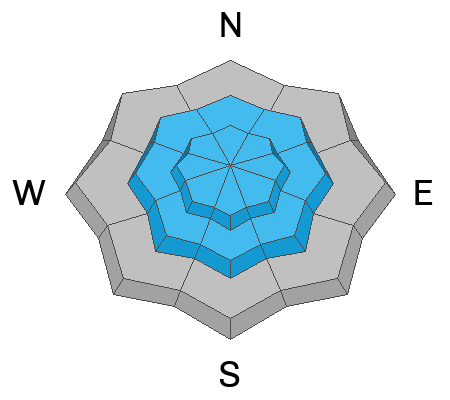Forecast for the Ogden Area Mountains

Issued by Dave Kelly on
Sunday morning, December 29, 2024
Sunday morning, December 29, 2024
The avalanche danger is HIGH in upper-elevation terrain, and on mid-elevation northerly facing terrain. Avalanches may break 1'-4' deep and over 600' wide. Natural and human-triggered avalanches are likely.
There is a CONSIDERABLE avalanche danger on mid elevation west and southerly-facing slopes, and there is a moderate danger on low elevation slopes where we may see some wet loose avalanches.
There is a CONSIDERABLE avalanche danger on mid elevation west and southerly-facing slopes, and there is a moderate danger on low elevation slopes where we may see some wet loose avalanches.
With this most recent storm, high winds, and rapid warming coming in on top of a very weak early season snowpack avoid traveling on or under any slope greater than 30°.
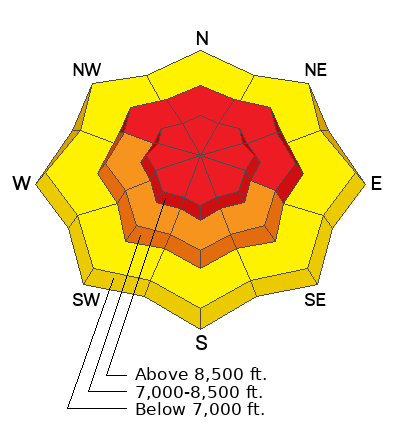
Low
Moderate
Considerable
High
Extreme
Learn how to read the forecast here


